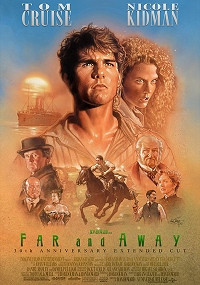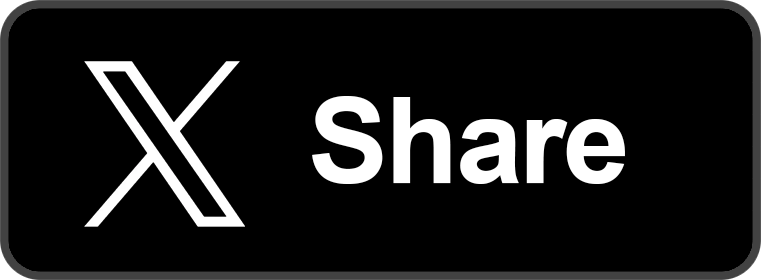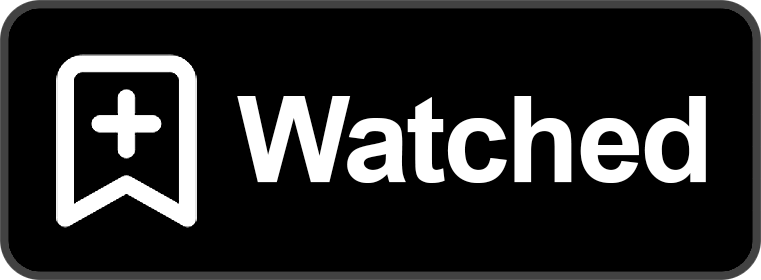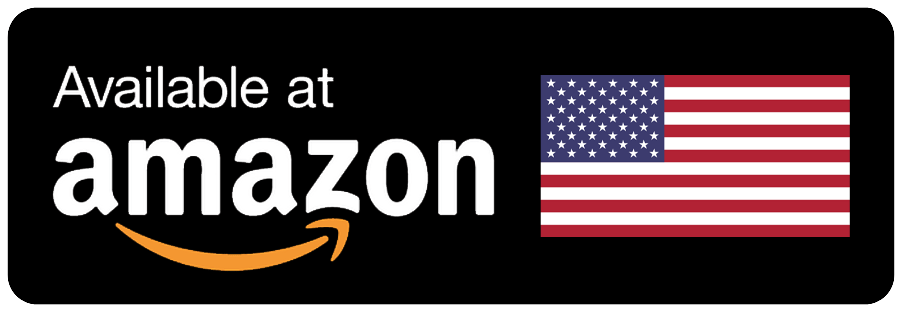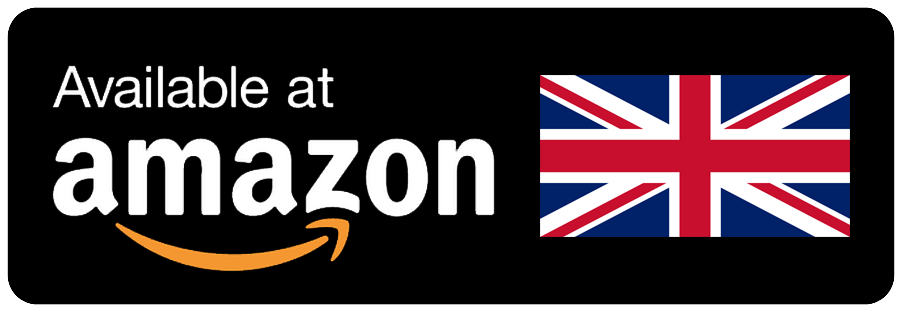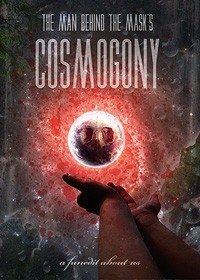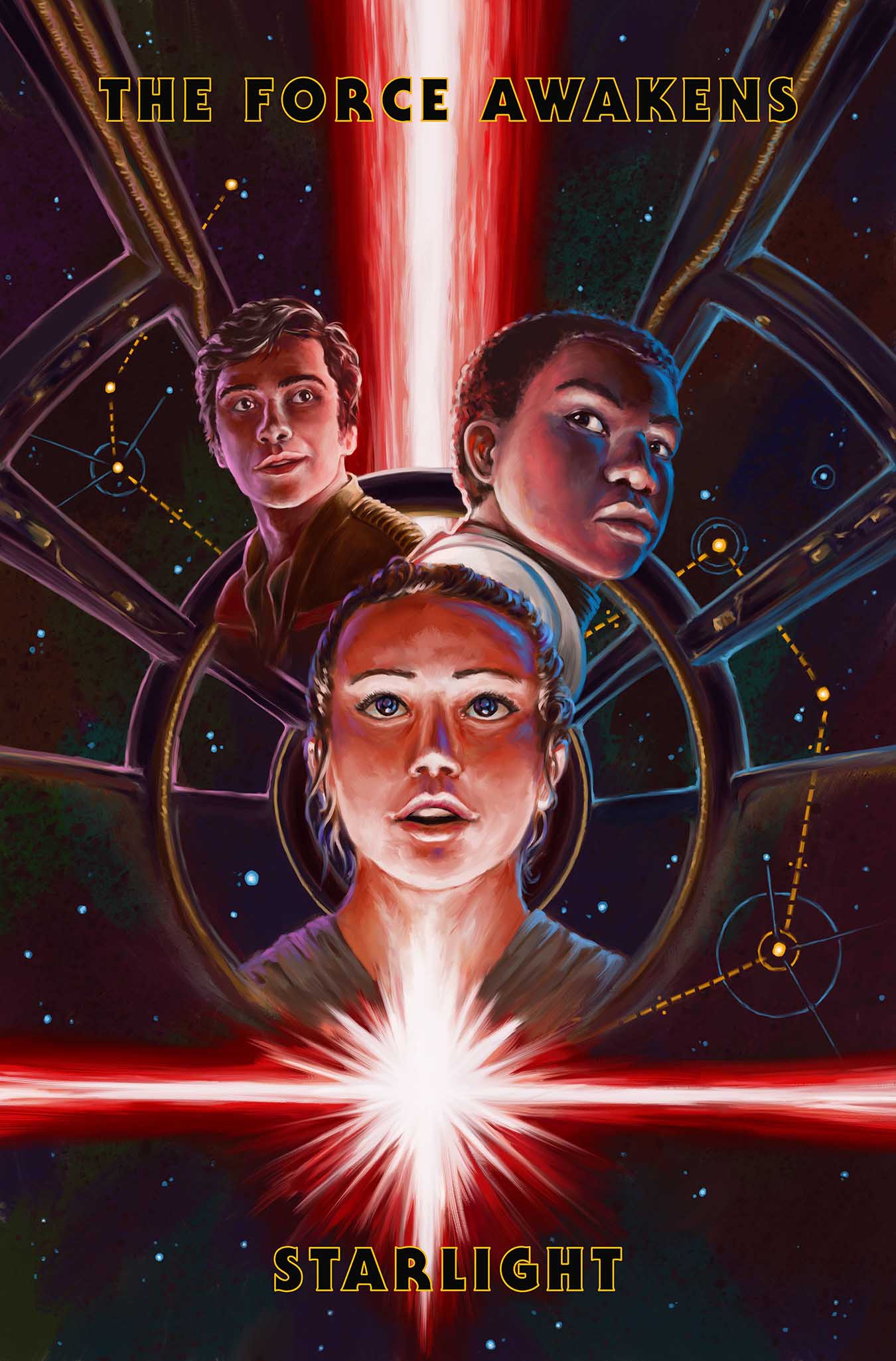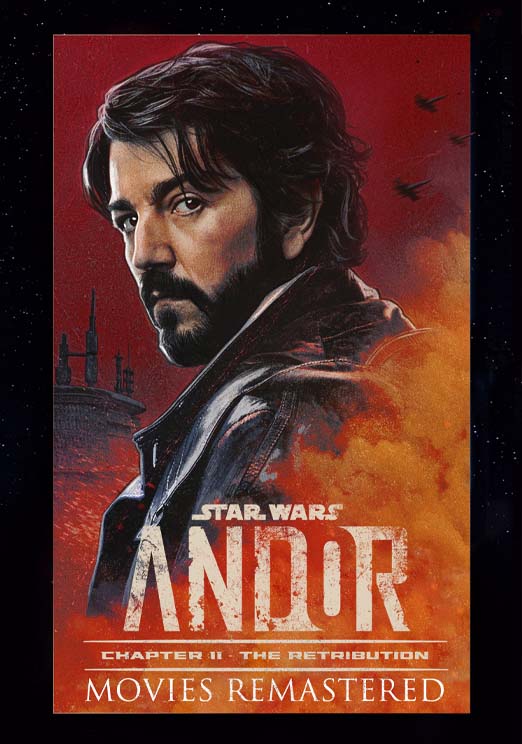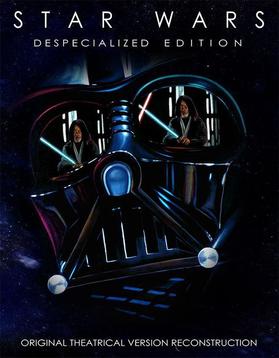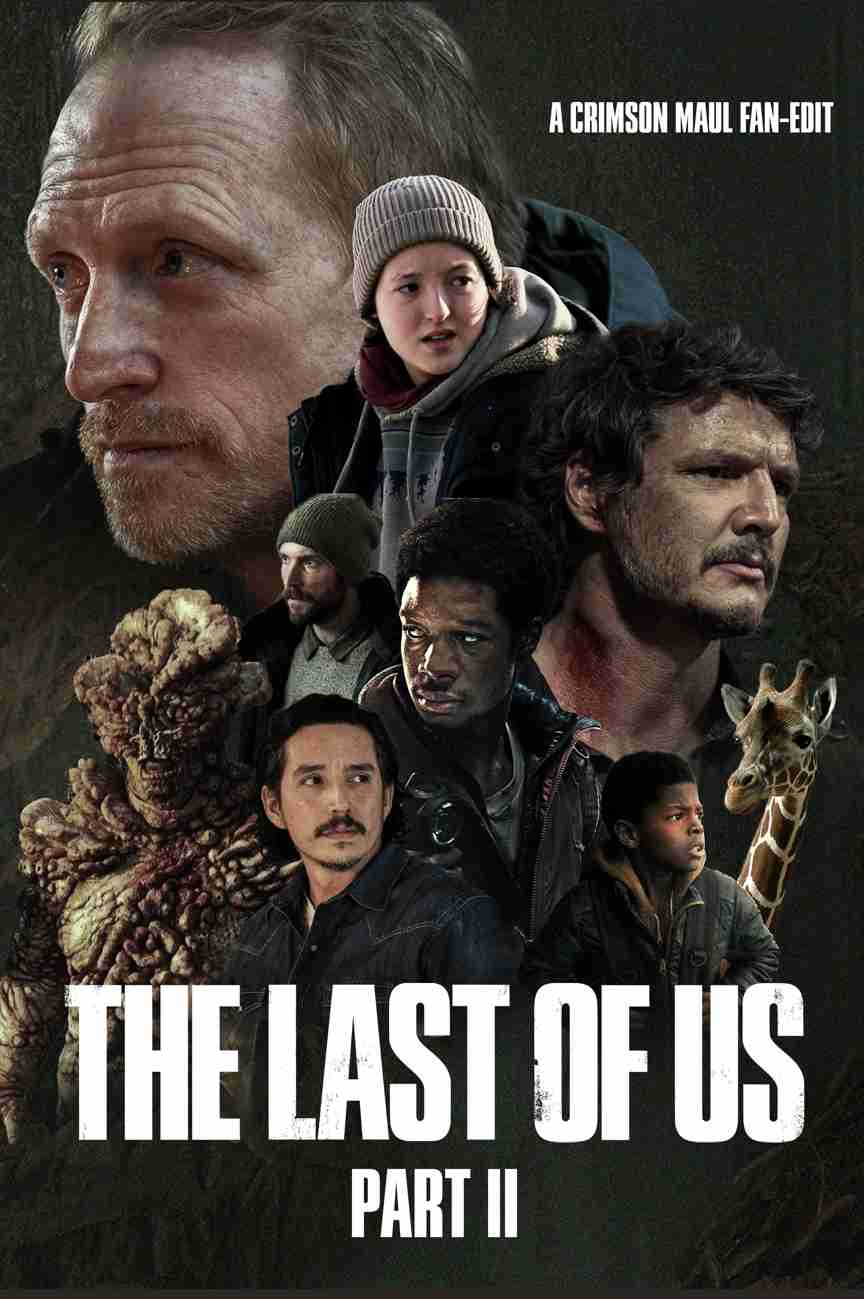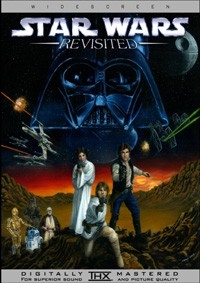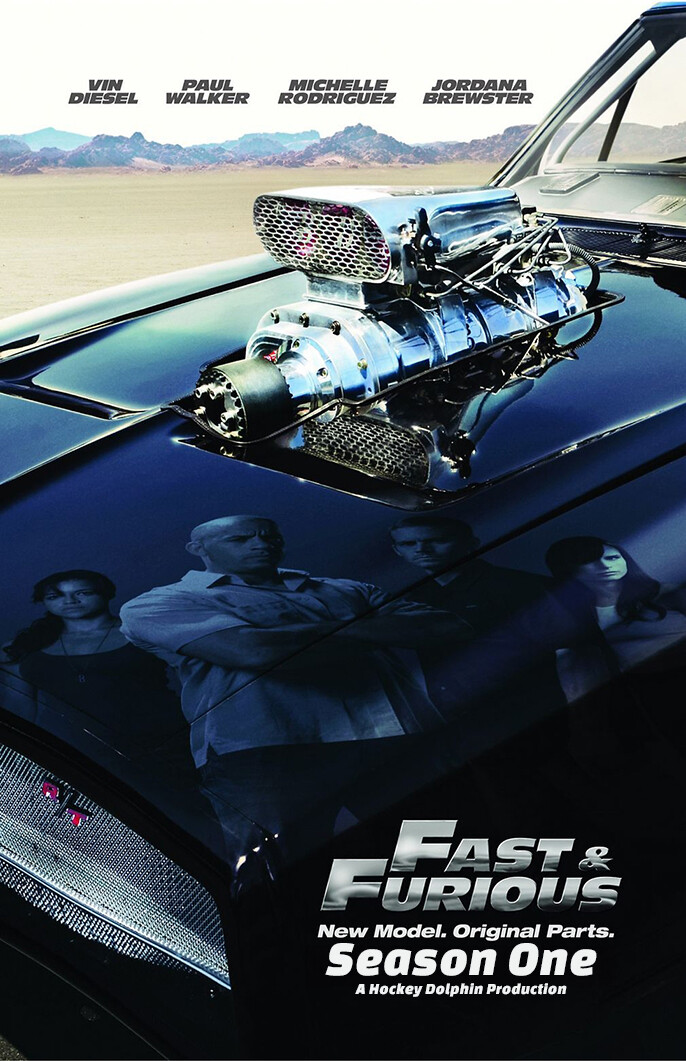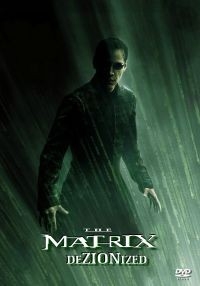Far and Away: 30th Anniversary Extended Cut
Updated: 29th April 2024
| MRDb Rating | Your Rating | MRDb Chart | Views | Reviews | |
| No votes | Review to Rate | Not yet rated | 0 | 0 |
Faneditor: Croweyes1121 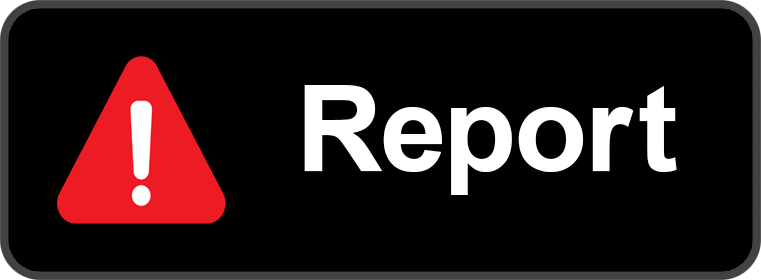
Fanedit Type: Extended Edition
Fanedit Release Date: 1st March 2022
Fanedit Runtime: 2h:50m:0s
Time Cut: h:0m:0s
Time Added: 0h:30m:0s
Genre: Adventure • Drama • Historical • Romance
Original Title: Far and Away (1992)
Original Release Date: 1st January 1992
Original Runtime: 2h:20m:0s
Certificate:
Format: Blu-Ray/Digital
Resolution:
Sound Mix:
Language:
Subtitles: No



Fanedit Type: Extended Edition
Fanedit Release Date: 1st March 2022
Fanedit Runtime: 2h:50m:0s
Time Cut: h:0m:0s
Time Added: 0h:30m:0s
Genre: Adventure • Drama • Historical • Romance
Original Title: Far and Away (1992)

Original Release Date: 1st January 1992
Original Runtime: 2h:20m:0s
Certificate:
Format: Blu-Ray/Digital
Resolution:
Sound Mix:
Language:
Subtitles: No


Synopsis:
A restoration of the 170-minute extended cut of the film, shown on ABC over two nights in 1996.
A restoration of the 170-minute extended cut of the film, shown on ABC over two nights in 1996.
Intentions:
To preserve this longer version of the film for posterity. The studio seems to have little interest in the film, and I didn't want it to be lost.
To preserve this longer version of the film for posterity. The studio seems to have little interest in the film, and I didn't want it to be lost.
Change List:
Scene Alterations: In all cases where theatrical scenes were altered or shortened due to language or sexual content, the uncensored/full-length scenes have been preserved. In five brief instances, scenes have been subtly altered from their Blu-ray counterparts. They are detailed here: 1. The establishing shot of Joe Sr.'s funeral procession has been shortened very slightly to match the broadcast version. This was originally done for the TV airing so that the subsequent additional scene of Danty talking with the priest would better match up with the preceding shot, so I've duplicated that decision here. 2. While Joseph's journey cross-country to meet Mr. Christie runs the same length as the theatrical cut, the scenes of the countryside were shown in a different order in the broadcast. The broadcast order of these shots has been preserved for the new cut. 3. After Joseph toasts Mr. Christie in the pub, a single shot of the moon has been inserted, flipped, and the audio run in reverse to better transition to the following extended interior scene of the pub at night. This transition occurred at a commercial break on the broadcast, so there was previously nothing connecting the two scenes. 4. In the broadcast, the scene of Joseph lying on the bed with the bowl was altered for content. I've maintained the longer theatrical version in this scene, which necessitated editorially breaking up a single reaction shot of Shannon from the television cut into two for scene coverage. 5. A few frames have been removed from the end of the shot where Joseph picks up Shannon to throw her in the tub. I missed this in 2016, but this time around, I realized why the shot was intentionally made slightly shorter in the extended cut. The tail end of the shot shows Joseph fully exiting the bedroom doorway. This then links up with an extended scene of his carrying Shannon down the hall which begins with his (again) exiting the same doorway. With the first shot slightly shortened, Joseph is shown exiting the doorway only once as he should. Unless Universal Studios decides to give us this additional material in an official release, I can't imagine this extended cut ever looking or sounding better than it does here. I'm quite proud of this edit, and hope that fans of this underrated gem will find as much enjoyment in watching it as I do.
Scene Alterations: In all cases where theatrical scenes were altered or shortened due to language or sexual content, the uncensored/full-length scenes have been preserved. In five brief instances, scenes have been subtly altered from their Blu-ray counterparts. They are detailed here: 1. The establishing shot of Joe Sr.'s funeral procession has been shortened very slightly to match the broadcast version. This was originally done for the TV airing so that the subsequent additional scene of Danty talking with the priest would better match up with the preceding shot, so I've duplicated that decision here. 2. While Joseph's journey cross-country to meet Mr. Christie runs the same length as the theatrical cut, the scenes of the countryside were shown in a different order in the broadcast. The broadcast order of these shots has been preserved for the new cut. 3. After Joseph toasts Mr. Christie in the pub, a single shot of the moon has been inserted, flipped, and the audio run in reverse to better transition to the following extended interior scene of the pub at night. This transition occurred at a commercial break on the broadcast, so there was previously nothing connecting the two scenes. 4. In the broadcast, the scene of Joseph lying on the bed with the bowl was altered for content. I've maintained the longer theatrical version in this scene, which necessitated editorially breaking up a single reaction shot of Shannon from the television cut into two for scene coverage. 5. A few frames have been removed from the end of the shot where Joseph picks up Shannon to throw her in the tub. I missed this in 2016, but this time around, I realized why the shot was intentionally made slightly shorter in the extended cut. The tail end of the shot shows Joseph fully exiting the bedroom doorway. This then links up with an extended scene of his carrying Shannon down the hall which begins with his (again) exiting the same doorway. With the first shot slightly shortened, Joseph is shown exiting the doorway only once as he should. Unless Universal Studios decides to give us this additional material in an official release, I can't imagine this extended cut ever looking or sounding better than it does here. I'm quite proud of this edit, and hope that fans of this underrated gem will find as much enjoyment in watching it as I do.
Additional Notes:
Frame Rate: A peculiarity of all three of these sources is a bizarre broadcasting frame rate. The extended cut was presumably created to occupy a two-evening time slot on ABC. It would seem that even the longer version of the film wasn't quite long enough to fill the allotted time, and so the broadcast was further slowed down in order to suit the time requirements (which accounts for the disparate running time reports of this version). Compounding this issue, the first two sources had previously been transferred to VHS, so they were essentially a wrong-frame rate encode *within* a wrong-frame rate encode, leading to a bevy of dropped and duplicate frames all over the place. Combined with the purposefully slowed broadcast speed (which even impacted the timbre of voices and the pitch of the score), this created a perfect storm of a frame rate correction nightmare. Adding insult to injury, the second night's broadcast was presented *even slower* than the first night's was, so the slow-down wasn't even consistent. The first 10 minutes or so of the extended cut were inexplicably shown at the proper speed (you can tell by the music), with the speed slowing down around the time the film gets to Joe's shack. All three sources were provided as variable frame rate encodes, which any editor will tell you are terrible to work with under the best of conditions. Lastly, the USA banners and pop-ups were baked into the footage at a different frame rate altogether than the film itself, requiring special fine-tuning in the frame-removal algorithm to properly detelecine these portions of the film. The effective frame rate of both halves of the film after duplicate frames were decimated was around 22.9fps. All of the TV footage then needed to be sped back up to the correct 23.976fps, and the accompanying audio shortened and allowed to raise up to the proper pitch after resyncing. As you can probably tell just in reading this description, this was all a bit of a nightmare to correct properly. All three broadcast sources exhibited this speed problem, and I have no idea why it was present. The edit I shared six years ago was sped up manually, introducing many dropped frames and jerky motion. This has now been corrected to the very best of my ability using the proper methods. This new edit represents the first time that these sequences have ever been seen at their proper speed and correct pitch. Network Logo Masking: The main downside to the newly-discovered USA source is a semi-transparent network logo, which is unfortunately there for the duration of the film. There are also annoying pop-ups and banners scattered throughout the broadcast, many of them taking place during the expanded sequences required for the edit. To hide these irritations, I've used a feathered mask on the USA footage and allowed the ABC broadcast version to show through just those areas of the screen impacted by the logo / banners. This process was tricky, as frame rate decimation is not an exact science, and even after correcting for duplicate and skipped frames, the two sources still had to be synced by eye throughout to make sure the mask was where it should be - this was an especially vital step at shot changes, where a single frame of difference would be obvious in motion. There were a total of around 105 frames where even the ABC broadcast could not be used for logo masking, as the ABC logo occupied the same space as a USA logo or banner. These frames were manually cleaned in Photoshop and dropped in on an as-needed basis. Color-Correction: The primary drawback of the original source used for the 2016 edit was the blown-out color palette and digital ringing. The second ABC source, while duller, exhibited far fewer of these problems. Dr. Dre's color matching tool was used to regrade the USA source as closely to the Blu-ray color timing as possible. The second ABC source was then color-matched to the regraded USA source to make the logo masking less obvious. There are a few scenes where the ABC source exhibited tracking issues or flickering due to generational quality loss. These areas have been finessed to the very best of my ability. AI Upscaling / Cropping: Topaz AI was used to upscale all of the USA-sourced sequences for this project to squeeze every last drop of detail out of the broadcast footage. As a final step, the upscaled, color-corrected and logo-masked USA footage was then cropped *very* slightly - just enough to harden up the soft edges of the SD broadcast. Audio Mixing: One major problem I had with my 2016 edit was the inconsistency of the audio track. In the prior edit, the sound would shift from 5.1 to mono every time an extended scene would occur. I believed the old TV source I had to be stereo except for a few moments of tracking problems, but as it turned out, the entire track was 2.0 mono. The USA audio track, by contrast, is a true stereo track that I've mixed into 5.1 using Adobe Audition. This allowed for a much more seamless transition between theatrical 5.1 audio and the extended sequences. The 2016 edit would collapse into 2.0, with dialogue suddenly coming from the left and right channels, which could be quite distracting. The entire film now plays as 5.1, with the dialogue anchored in the center channel throughout. Unfortunately, the broadcast audio seems to have been dynamically compressed, with quiet scenes playing louder than they should, and loud scenes playing quieter. So I've also taken the additional step of going through and manually matching volume levels across all six audio channels at every transition/edit point so that the sound remains as consistent as possible given the limitations of the source. Score Underlays: In a few sequences, the TV audio took on a "digital" character due to the nature of the broadcast compression and remixing. This primarily occurred in sequences with minimal dialogue where the music carried the scene (such as Joseph's journey cross-country to confront Mr. Christie, or the extended introductory scenes before the land race). In these instances, I've subtly inserted remastered music cues from the 2020 La-La Land score release to flesh out the audio for a fuller, more organic feel. Additional Score Insertion: In one scene in the television broadcast (when Grace brings Joseph home after his first boxing match), a score cue was inserted into the scene that was not present in the theatrical cut. To maintain authenticity with the original broadcast, this piece of score was added underneath the Blu-ray footage just as it aired.
Frame Rate: A peculiarity of all three of these sources is a bizarre broadcasting frame rate. The extended cut was presumably created to occupy a two-evening time slot on ABC. It would seem that even the longer version of the film wasn't quite long enough to fill the allotted time, and so the broadcast was further slowed down in order to suit the time requirements (which accounts for the disparate running time reports of this version). Compounding this issue, the first two sources had previously been transferred to VHS, so they were essentially a wrong-frame rate encode *within* a wrong-frame rate encode, leading to a bevy of dropped and duplicate frames all over the place. Combined with the purposefully slowed broadcast speed (which even impacted the timbre of voices and the pitch of the score), this created a perfect storm of a frame rate correction nightmare. Adding insult to injury, the second night's broadcast was presented *even slower* than the first night's was, so the slow-down wasn't even consistent. The first 10 minutes or so of the extended cut were inexplicably shown at the proper speed (you can tell by the music), with the speed slowing down around the time the film gets to Joe's shack. All three sources were provided as variable frame rate encodes, which any editor will tell you are terrible to work with under the best of conditions. Lastly, the USA banners and pop-ups were baked into the footage at a different frame rate altogether than the film itself, requiring special fine-tuning in the frame-removal algorithm to properly detelecine these portions of the film. The effective frame rate of both halves of the film after duplicate frames were decimated was around 22.9fps. All of the TV footage then needed to be sped back up to the correct 23.976fps, and the accompanying audio shortened and allowed to raise up to the proper pitch after resyncing. As you can probably tell just in reading this description, this was all a bit of a nightmare to correct properly. All three broadcast sources exhibited this speed problem, and I have no idea why it was present. The edit I shared six years ago was sped up manually, introducing many dropped frames and jerky motion. This has now been corrected to the very best of my ability using the proper methods. This new edit represents the first time that these sequences have ever been seen at their proper speed and correct pitch. Network Logo Masking: The main downside to the newly-discovered USA source is a semi-transparent network logo, which is unfortunately there for the duration of the film. There are also annoying pop-ups and banners scattered throughout the broadcast, many of them taking place during the expanded sequences required for the edit. To hide these irritations, I've used a feathered mask on the USA footage and allowed the ABC broadcast version to show through just those areas of the screen impacted by the logo / banners. This process was tricky, as frame rate decimation is not an exact science, and even after correcting for duplicate and skipped frames, the two sources still had to be synced by eye throughout to make sure the mask was where it should be - this was an especially vital step at shot changes, where a single frame of difference would be obvious in motion. There were a total of around 105 frames where even the ABC broadcast could not be used for logo masking, as the ABC logo occupied the same space as a USA logo or banner. These frames were manually cleaned in Photoshop and dropped in on an as-needed basis. Color-Correction: The primary drawback of the original source used for the 2016 edit was the blown-out color palette and digital ringing. The second ABC source, while duller, exhibited far fewer of these problems. Dr. Dre's color matching tool was used to regrade the USA source as closely to the Blu-ray color timing as possible. The second ABC source was then color-matched to the regraded USA source to make the logo masking less obvious. There are a few scenes where the ABC source exhibited tracking issues or flickering due to generational quality loss. These areas have been finessed to the very best of my ability. AI Upscaling / Cropping: Topaz AI was used to upscale all of the USA-sourced sequences for this project to squeeze every last drop of detail out of the broadcast footage. As a final step, the upscaled, color-corrected and logo-masked USA footage was then cropped *very* slightly - just enough to harden up the soft edges of the SD broadcast. Audio Mixing: One major problem I had with my 2016 edit was the inconsistency of the audio track. In the prior edit, the sound would shift from 5.1 to mono every time an extended scene would occur. I believed the old TV source I had to be stereo except for a few moments of tracking problems, but as it turned out, the entire track was 2.0 mono. The USA audio track, by contrast, is a true stereo track that I've mixed into 5.1 using Adobe Audition. This allowed for a much more seamless transition between theatrical 5.1 audio and the extended sequences. The 2016 edit would collapse into 2.0, with dialogue suddenly coming from the left and right channels, which could be quite distracting. The entire film now plays as 5.1, with the dialogue anchored in the center channel throughout. Unfortunately, the broadcast audio seems to have been dynamically compressed, with quiet scenes playing louder than they should, and loud scenes playing quieter. So I've also taken the additional step of going through and manually matching volume levels across all six audio channels at every transition/edit point so that the sound remains as consistent as possible given the limitations of the source. Score Underlays: In a few sequences, the TV audio took on a "digital" character due to the nature of the broadcast compression and remixing. This primarily occurred in sequences with minimal dialogue where the music carried the scene (such as Joseph's journey cross-country to confront Mr. Christie, or the extended introductory scenes before the land race). In these instances, I've subtly inserted remastered music cues from the 2020 La-La Land score release to flesh out the audio for a fuller, more organic feel. Additional Score Insertion: In one scene in the television broadcast (when Grace brings Joseph home after his first boxing match), a score cue was inserted into the scene that was not present in the theatrical cut. To maintain authenticity with the original broadcast, this piece of score was added underneath the Blu-ray footage just as it aired.
Other Sources:
In the six years since this edit was last attempted, two additional sources have surfaced for the extended footage in addition to the initial low-quality source which was used for the prior edit (titled the "Expanded Network Television Cut"). I've procured a second low-quality source from the ABC broadcast and, more importantly, a third higher-quality source from a later airing on the USA Network. Each of these sources have their strengths and weaknesses. The second source is about on par with the first as far as detail, but the image, while more washed out and dull, is actually a far closer match to the Blu-ray's color timing than the first source. It also does not contain nearly as much digital noise and edge enhancement. The third source from USA, though, was the real revelation. This particular source was recorded off of a digital broadcast and miraculously stored all these years on DVR, never having been transferred to VHS tape. The audio is clean, and true stereo unlike the source used six years ago, and the fine detail in this source is head and shoulders over what I had to work with previously. Secondary Sources: Dedication card (created in Photoshop) for Ron Howard. La-La Land Expanded Score
In the six years since this edit was last attempted, two additional sources have surfaced for the extended footage in addition to the initial low-quality source which was used for the prior edit (titled the "Expanded Network Television Cut"). I've procured a second low-quality source from the ABC broadcast and, more importantly, a third higher-quality source from a later airing on the USA Network. Each of these sources have their strengths and weaknesses. The second source is about on par with the first as far as detail, but the image, while more washed out and dull, is actually a far closer match to the Blu-ray's color timing than the first source. It also does not contain nearly as much digital noise and edge enhancement. The third source from USA, though, was the real revelation. This particular source was recorded off of a digital broadcast and miraculously stored all these years on DVR, never having been transferred to VHS tape. The audio is clean, and true stereo unlike the source used six years ago, and the fine detail in this source is head and shoulders over what I had to work with previously. Secondary Sources: Dedication card (created in Photoshop) for Ron Howard. La-La Land Expanded Score
Special Thanks:
This edit would not have been possible without the generous help of several people who selflessly contributed their time and talents. In an effort to make this edit definitive until such time as an official release ever happens, every effort has been undertaken to clean, stabilize, and correct the broadcast sources at my disposal. All Blu-ray footage was first rendered out to ProRes for editing workflow, and the original DTS-HD MA 5.1 track has been retained at its full 24bit resolution so that the bare minimum of detail is lost when watching this version of the film as opposed to the official release.
This edit would not have been possible without the generous help of several people who selflessly contributed their time and talents. In an effort to make this edit definitive until such time as an official release ever happens, every effort has been undertaken to clean, stabilize, and correct the broadcast sources at my disposal. All Blu-ray footage was first rendered out to ProRes for editing workflow, and the original DTS-HD MA 5.1 track has been retained at its full 24bit resolution so that the bare minimum of detail is lost when watching this version of the film as opposed to the official release.
